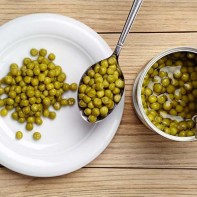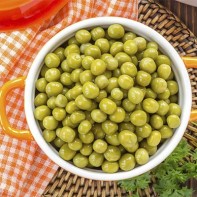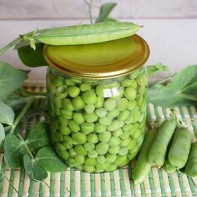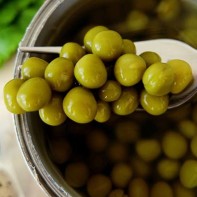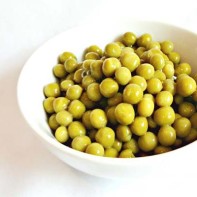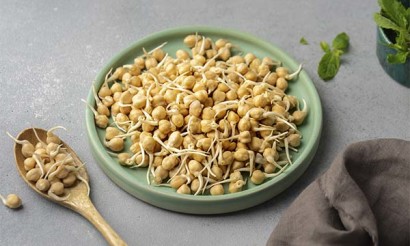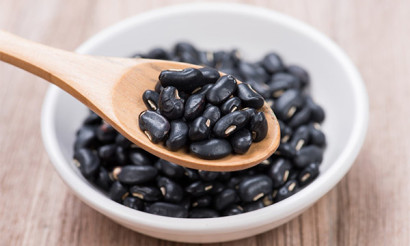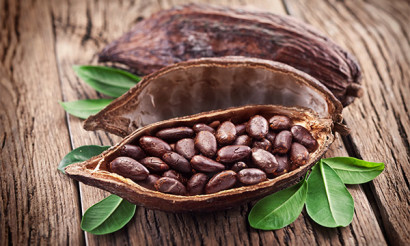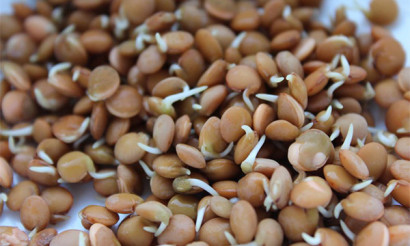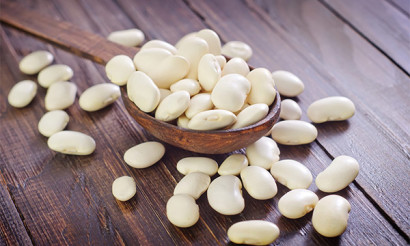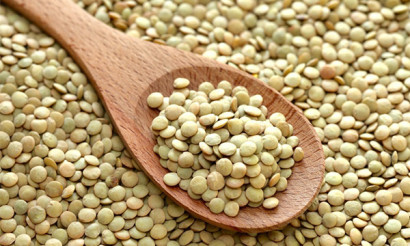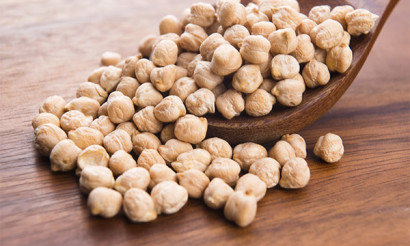Canned peas: useful properties and contraindications
The method of canning is recognized as one of the most convenient and reliable for the preservation of products. It is very convenient to store legumes in the degree of milky ripeness in this way. Canned green peas are always in demand, they are added to soups, salads and other dishes, used in European and other cuisines of the world.
A bit of history
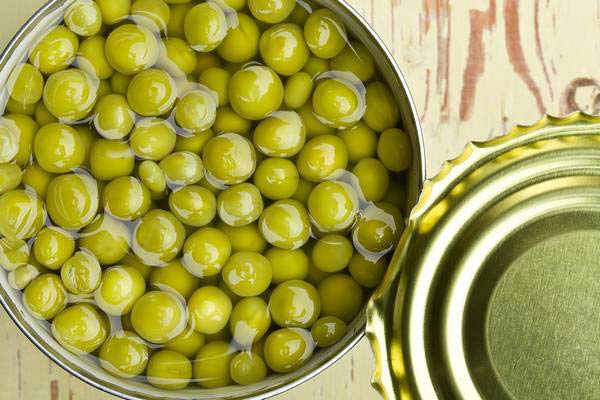
Cultivation of peas on an industrial scale began around the 15th century, and the use of canning in the 19th century. This opened up wide opportunities for its use in cooking all year round, not just at harvest time. The first attempts to preserve the product were made in Holland. In Russia up to the beginning of XX century there was only 1 plant of this direction, and almost all products were exported. In modern conditions, tin and glass jars are used as containers, and both options have both advantages and disadvantages. Of course, in glass jars there are more opportunities to see the quality of the goods, but peas are exposed to sunlight and can go bad before the expiration date. It is convenient to store it in a tin, but it is not possible to assess the quality until it is opened. There is only one way out - to find a bona fide manufacturer by experience and buy only their products.
Composition
The whole range of legumes is very useful for the body and rich in composition. In milky and full ripeness peas do not vary greatly in the number of useful substances and contain:
- vitamins A, C, E, K, PP, group B;
- starch;
- dietary fiber;
- calcium;
- phosphorus;
- zinc;
- selenium;
- potassium;
- iron;
- carotene;
- copper;
- manganese;
- lutein;
- coumestrol.
The caloric value of the product does not exceed 55 kcal. per 100 grams, it is considered dietary, but quite heavy to digest.
Useful properties of canned peas
Canned peas are not only tasty, but also very useful, and its use has a positive effect on almost all internal systems. Small portions of the product:
- improve the function of the gastrointestinal tract;
- support the cardiovascular system;
- eliminate constipation;
- Remove toxins and salts of heavy metals;
- reduce the likelihood of cancer;
- Get rid of edema;
- Reduce sugar and cholesterol levels;
- Strengthen the nervous system.
A large amount of fiber and protein in this culture helps normalize metabolic processes, improves intestinal peristalsis, and stimulates the breakdown of fats. Vitamin A in combination with lutein protects against retinal degeneration, maintains visual acuity, and reduces the risk of cataracts. Canned green peas are considered a dietary product. Quickly satiating, they eliminate the feeling of hunger for a long time. It is also useful for people after 40 years of age, because at this time begins active calcium washout from the body, and legumes help to keep this necessary element in the body.
Interesting: Canned green peas retain powerful antioxidant properties, relieves emotional stress and the effects of stress.
Thanks to its special composition, the product is considered anti-aging and slows the aging process. It has an interesting property of eliminating toxins from the liver, relieving it of some of the burden. It also improves skin condition, maintains its elasticity, protects it from the harmful effects of environmental factors.
Probable harm
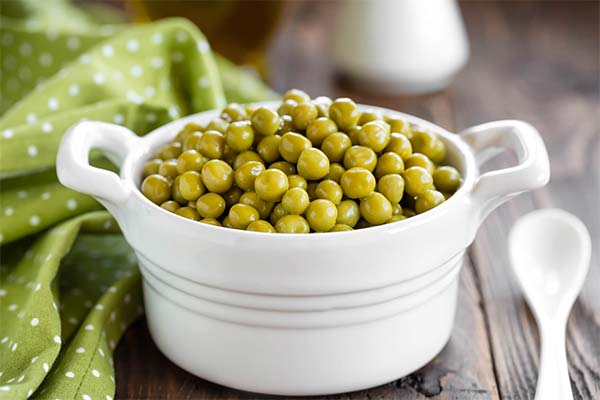
The main danger that awaits fans of canned green peas - poor quality packaging or expired shelf life. At the slightest doubt in the quality of the product, it is ruthlessly disposed of, otherwise you can get severe food poisoning. But this is a general rule that applies to any kind of canned food.
If we take into account the state of health, you should not include in your diet legumes for flatulence, exacerbations of GI diseases, allergies, and individual intolerance. In case of gout, purines contained in peas are dangerous. Too much slows down the production of enzymes responsible for breaking down fats and also causes heaviness in the stomach. It is not recommended to eat peas in any form if you have kidney problems.
Otherwise, the product is very useful, very rarely causes allergies and is perfectly absorbed by the body.
Purchase or preparation at home
The purchased version has one undeniable advantage - you can simply open the jar and start tasting it. But there is no assurance of quality, because only peas that are canned during the harvest can be considered fresh. The rest of the time they are soaked dry or use frozen product for canning, which many times reduces its useful properties. Preservatives and stabilizers may be added, and if they are written about it on the package, then in very small print and in an inconvenient place for reading.
In home cooking, the caloric value of peas is even less, only 40 kcal, the composition is exactly known and the requirements for the quality of raw materials are observed. To prepare canned green peas is very simple. For 1 kg. washed raw material takes 1 tbsp. salt, everything is put into a pot, pour water and boil on medium heat for 7 minutes from the boil. Then the peas are quickly placed in small dry sterilized jars and pour hot brine. To prepare it you will need 1 tablespoon of salt and sugar per 1 liter of water. Jars should be tightly sealed, stand for 24 hours under insulation. Stock kept in a dark cool place.
Canned peas are added to salads of classic and author's recipes, with it they cook soups, use as an additive to garnish and just eat with a spoon, enjoying the soft taste.
«Important: All information on this site is provided for informational purposes only purposes. Consult with your health care professional before applying any recommendations. professional before using them. Neither the editors nor the authors shall be liable for any possible harm caused by materials."

